New book reveals what Downton Abbey got wrong about Mary, Yorkshire’s own princess
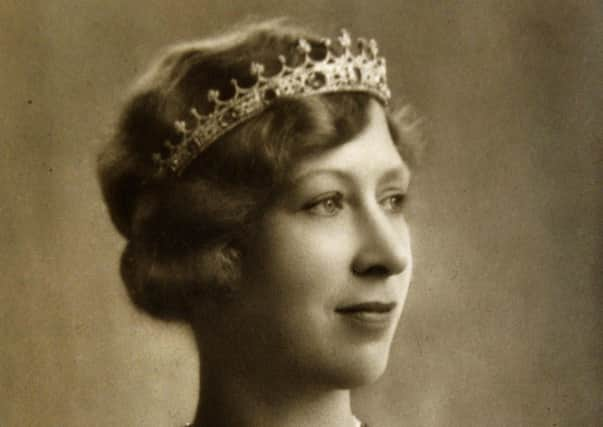

In the recent Downton Abbey film, a subplot involving the character of Princess Mary portrays her as a timid figure trapped in an unhappy marriage. But now a major new book puts the Princess, who was the only daughter of King George V and the aunt of Queen Elizabeth II, centre-stage to reveal how the reality was very different – and also highlights her lifelong love affair with Yorkshire.
When the Downton film came out, Kate Phillips, who played Mary, described her as a shy and detached figure. “People talk about her in the film as quite a sad person; she’s married to a man that, besides horses, she has very little in common with,” she told Entertainment Weekly.
Advertisement
Hide AdAdvertisement
Hide AdA Vanity Fair article at the time of the film’s release then regurgitated rumours that in real life Mary had been pressured into her marriage with Viscount Lascelles, the Earl of Harewood, and even that he had only proposed after losing a bet at his gentleman’s club.
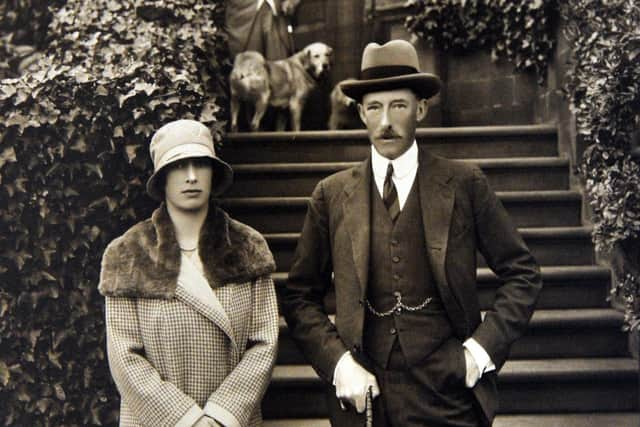

But following years of extensive research, Barnsley-based author Elisabeth Basford is publishing a new biography of Mary that puts both her marriage and general approach to life in an entirely different light.
Her research including going to the Royal Archives at Windsor Castle and says she gradually built a picture of Mary’s real personality through reading her letters to friends, acquaintances and in particular her brother Edward, who famously abdicated the throne in 1936.
“I was massively surprised by what I found out, not that much was known about her and a lot was based on rumour and gossip,” Basford explains. “It was always portrayed that Princess Mary was terribly unhappy in her marriage and there was a rumour Lord Lascelles had lost a bet in his gentleman’s club to marry her. There was a further one that in 1947 when the Queen got married she didn’t go because she was cross that the Duke of Windsor [Edward] hadn’t been invited.”
Advertisement
Hide AdAdvertisement
Hide AdShe says it was Mary’s letters, rather than her personal diary, that helped dispel those myths. “They started to tell me a very different story. With her diary, she was aware people would read it later so she wrote about the weather. But the real Princess Mary I started to find was the one who was an absolutely obsessional letter writer who had some very close friendships. It was in those sorts of things I found a very different person coming through.
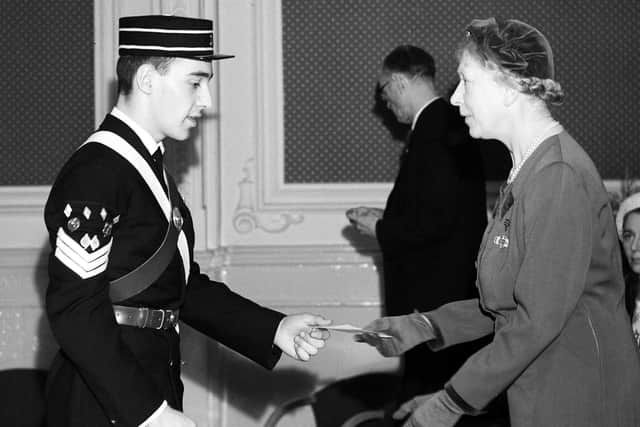

“It turned out the marriage was incredibly happy, I could find absolutely no evidence he married for a bet. I found letters between the two before they got married and it was very much a normal love affair with them both counting down the days until they could see each other again.
“With the Queen’s wedding, in 1947 Lord Lascelles had died and Mary was absolutely bereft. It was like Queen Victoria after Prince Albert. The reason she didn’t go to the wedding was because she was still in mourning. She said ‘I’m going to tell everybody I have a cold and can’t go’. She did go to Princess Margaret’s wedding in 1960 which Edward wasn’t invited to.”
She adds: “In Downton Abbey she was portrayed as an upset woman who was going to give her marriage another go because her husband had PTSD. When I researched her husband, he was an incredibly cultured intelligent man, he was interested in art and science and politics and history.”
Advertisement
Hide AdAdvertisement
Hide AdBasford has had a fascination with Princess Mary since childhood when her family gave her a book about George V’s silver jubilee in which she was struck by the similarity in appearance between Mary and Princess Anne.
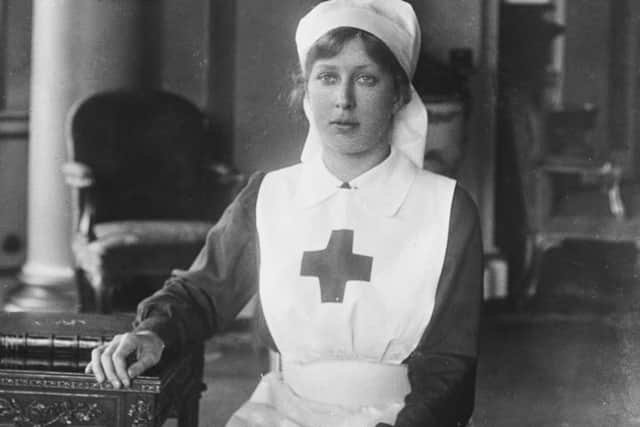

The writer, who has worked as a teacher and headteacher, says it was the death of her brother in 2013 which set her on the path of writing this book.
“In 2013 I sadly lost my brother who had always been going on at me to do a PhD,” she explains. “You reassess so much of your life when you lose somebody close and I thought I should get around to doing this PhD.
“I have always loved royal history and I started to research Princess Mary. I read a biography of her done in the 1920s before she got married. It was very reverent and I thought wouldn’t it be interesting to find out more about her? I thought this would make a fascinating book because she had done so much but nobody knows about her.”
Advertisement
Hide AdAdvertisement
Hide AdShe ended up deciding to pursue writing a book rather than doing a PhD and the new biography, which is being published next week, is the result.
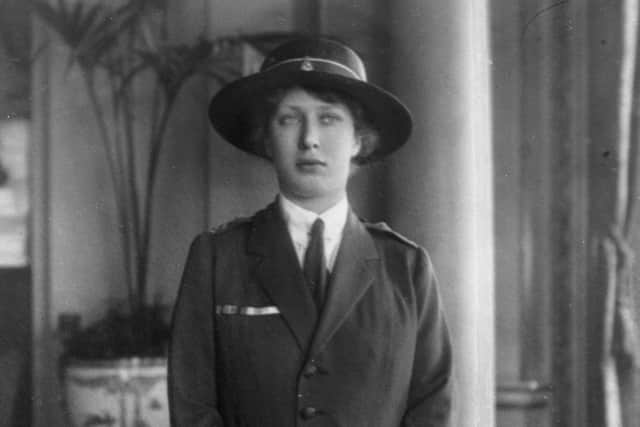

Even from her younger years, Mary wanted to use her privileged position in life as a force for good in a way that Basford says blazed a trail for the modern Royal Family today.
The book recounts how as a 17-year-old at the start of the First World War, she came up with a campaign to send a Christmas gift to every member of the armed forces. It raised over £150,000 – equivalent to more than £11m today – for what were dubbed ‘Princess Mary tins’ reaching soldiers on the front line on Christmas Day 1914.
“It was an incredible undertaking for a teenage girl,” Basford reflects.
Advertisement
Hide AdAdvertisement
Hide AdFollowing the war, Mary trained as a nurse and started working at Great Ormond Street Hospital.
“Her father asked what she would like for her birthday when she was 21 and she said I want to train as a nurse. There had been other princesses who had worked in hospitals but Princess Mary was determined to do it like every other nurse.
“She worked on the wards and wanted to be treated like any other nurse.


“When she was married, she wanted to visit every hospital in England and she pretty much achieved that.”
Advertisement
Hide AdAdvertisement
Hide AdShe went on to become involved in multiple charities, with a particular focus on the importance of female education.
“Princess Mary has this incredible sense of wanting to help people,” says Basford. “Although she was the daughter of a king and sister of two kings, she knew her life wasn’t always going to be in the spotlight and she could have given that up when she married. But she had this incredible social conscience.
“She didn’t just become a patron of a charity and shake a few hands and leave it there – she was involved in every single aspect of it.”
Basford says a perfect example of this was shown by a visit to Wakefield Girls’ High School where she found out they needed a new hall and then took it upon herself to set up a fundraising effort.
Advertisement
Hide AdAdvertisement
Hide Ad“The next time she went they had this hall, which is still there today.”
Another key focus of the book is Mary’s abiding love of Yorkshire – and how those feelings were reciprocated by the people of the county towards her. Mary married Lascelles, who was 15 years her senior, in 1922 and the pair moved to Goldsborough Hall in North Yorkshire. They had two children and Harewood House became their family home in 1930 following the death of Lascelles’s father.
“People in Yorkshire saw her as their own princess. It was really rare to have royal visitors to Yorkshire. But yet here they had this royal princess and she would be in Goldsbrough village going into the local shop, buying things and waiting in the queue like everybody else. It started off with people being really fascinated with her and then they got used to it. It wasn’t that she just lived in Yorkshire, she did so much for Yorkshire with all the charities. The Yorkshire people were so sad when she died because they had lost their princess.”
She was patron of the Yorkshire Ladies Council of Education and Leeds General Infirmary among the many other regional organisations and good causes she supported.
Advertisement
Hide AdAdvertisement
Hide AdShe was also appointed as the first-ever female chancellor of Leeds University in 1951.
The shared affection between Mary and Yorkshire was exemplified by a speech she gave in October 1953, when she was being awarded the freedom of Ripon – an accolade she had already received in Leeds, Harrogate and York.
She said: “Each has a character of its own – Leeds, a growing industrial city with a young university of which I take great pride in being Chancellor. Harrogate, a borough centred round its spa, offering healing and health to many visitors. York, a medieval city watched over by the glorious Minster and with modern industries springing up to give it life and new vitality. And now today Ripon – a city full of history and ancient tradition.
“I have spoken often of my love for Yorkshire and how it has grown with the years. Since I married a Yorkshireman 31 years ago, I have spent the greater part of my life in this county and have learned to appreciate the sterling qualities of the people. The honour you have paid me today forges yet another link in the chain of my affection for Yorkshire. May I assure you that it needed no rowels to spur me on my journey here to receive the gift which I treasure more deeply than I can find words to express.”
Advertisement
Hide AdAdvertisement
Hide AdAfter Mary died in 1965, The Times described her as ‘Yorkshire’s own princess’. The Archbishop of York said “the people of Yorkshire regarded her as, in some ways, especially their own for she identified herself with so many of their interests and constantly responded to calls for help in all kinds of good works”.
According to her wishes, her funeral took place at All Saints Church, Harewood and she was laid to rest in the family vault in the heart of the county she had grown to see as home.
Basford says: “If people read the book they might say it is too nice, it doesn’t criticise her in any way. But I have researched this to the nth degree and I couldn’t find anybody who criticised her. Everyone who spoke about her said she made them feel very special and she was a very lovely lady.
“She was very committed to her role and had this enormous sense of duty she got from her mother Queen Mary and we see from our Queen.”
Advertisement
Hide AdAdvertisement
Hide AdShe adds that Mary also had “an incredible sense of humour” - something people often don’t appreciate partly because it was not the done thing at the time to smile in photographs.
Basford gives the example of a story about Mary being in Harrogate in a car on one occasion when a man flashed at her.
“They called the police and the policeman said, ‘Can you describe what he looked like please?’ She was in hysterics about that.”
Basford says she hopes her book will give readers a new understanding of Mary that is different from the current popular perception.
Advertisement
Hide AdAdvertisement
Hide Ad“I think the most important thing is I manage to dispel all the rumours and all the gossip. This book is very evidence-based, there is a huge amount of evidence that proves what the real story was. I think if she was around today, she would say ‘I was only doing my job’. She was very like Princess Anne in that ‘let’s get on with it’ way.
“I hope it is going to redress that balance. It wasn’t just people like Diana to rip up the rulebook, Mary was doing that a long time ago.”
Princess Mary: The First Modern Princess by Elisabeth Basford will be published by The History Press on February 1. RRP £20.
Support The Yorkshire Post and become a subscriber today. Your subscription will help us to continue to bring quality news to the people of Yorkshire. In return, you’ll see fewer ads on site, get free access to our app and receive exclusive members-only offers. Click here to subscribe.
Comment Guidelines
National World encourages reader discussion on our stories. User feedback, insights and back-and-forth exchanges add a rich layer of context to reporting. Please review our Community Guidelines before commenting.